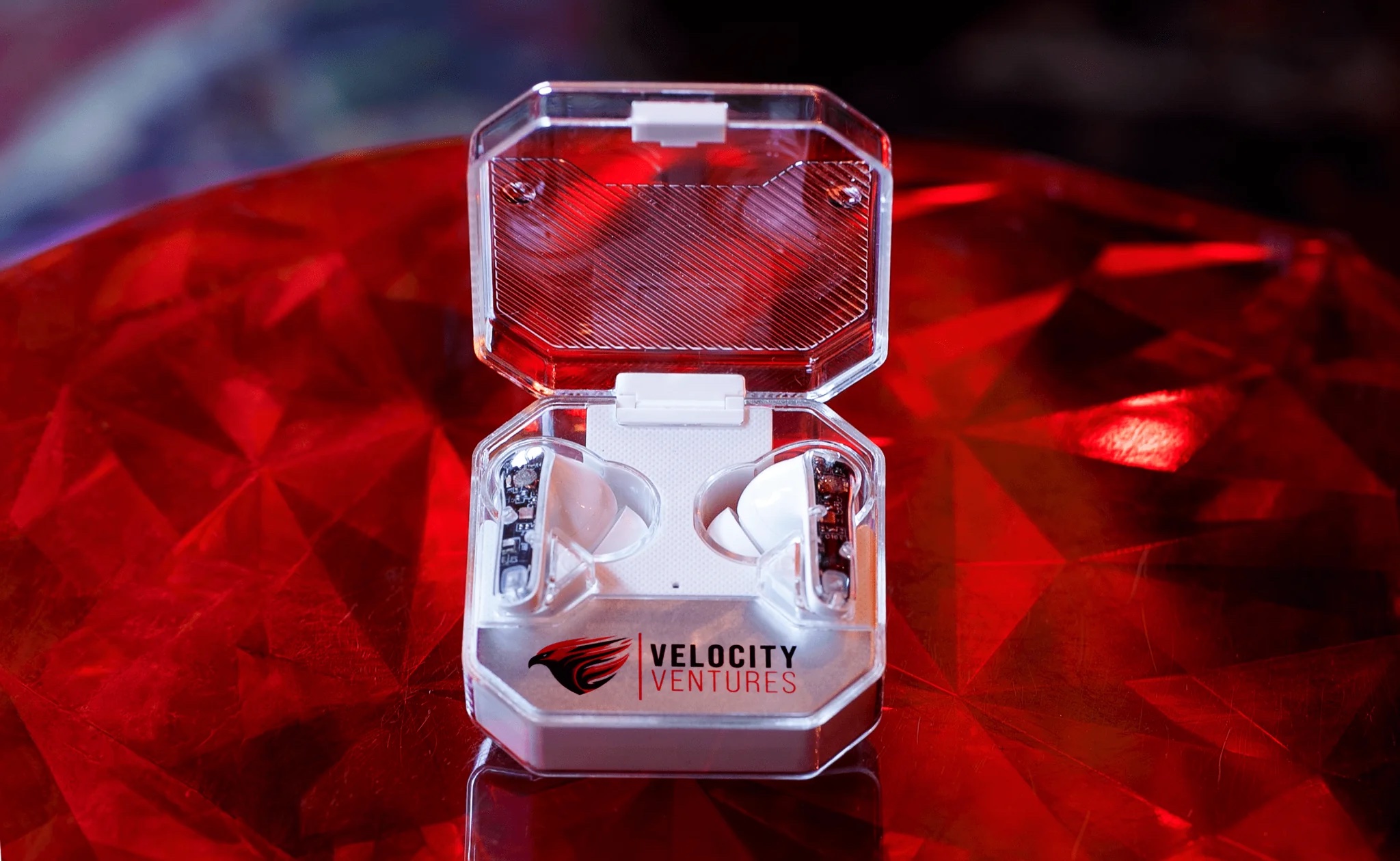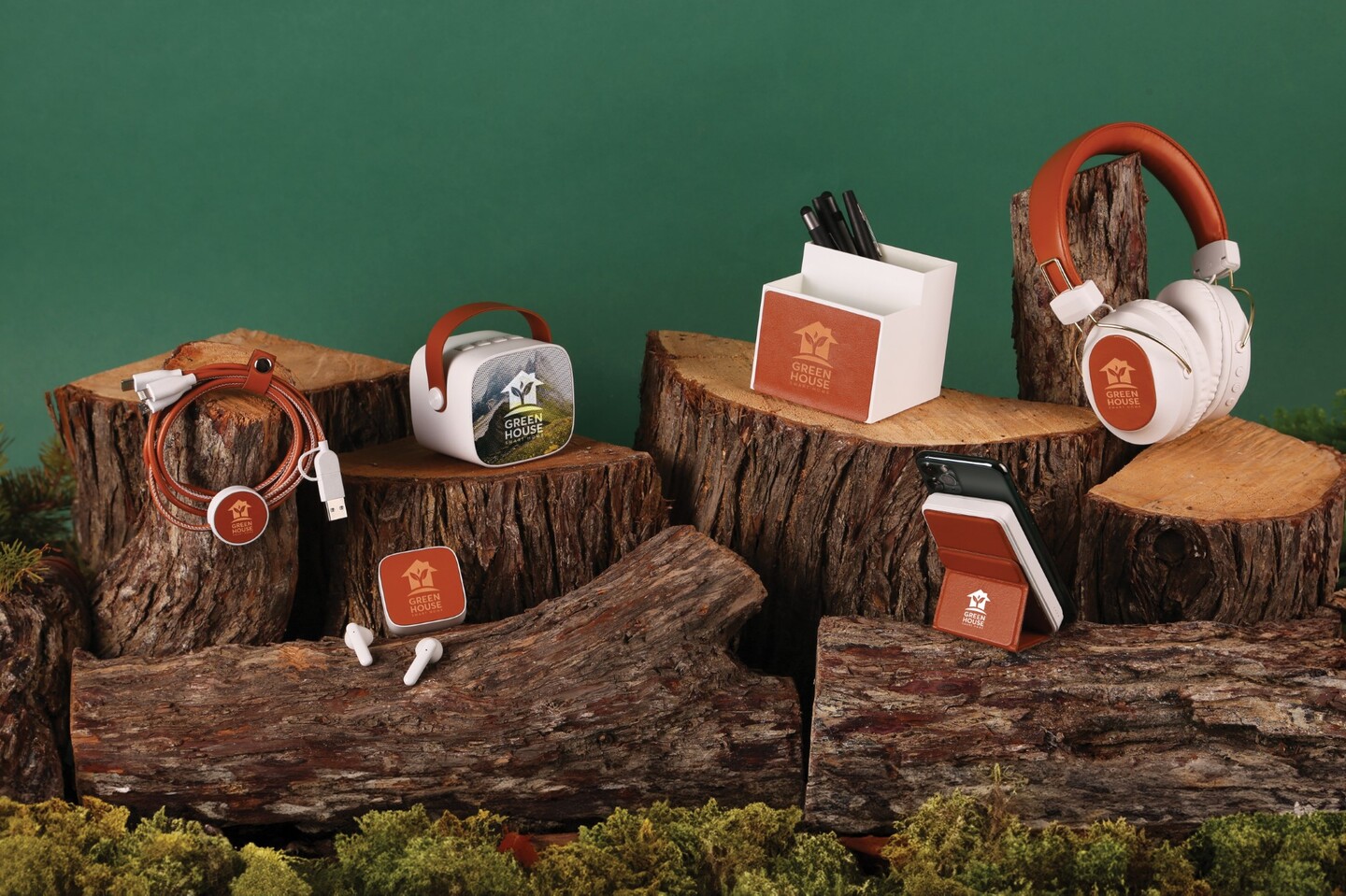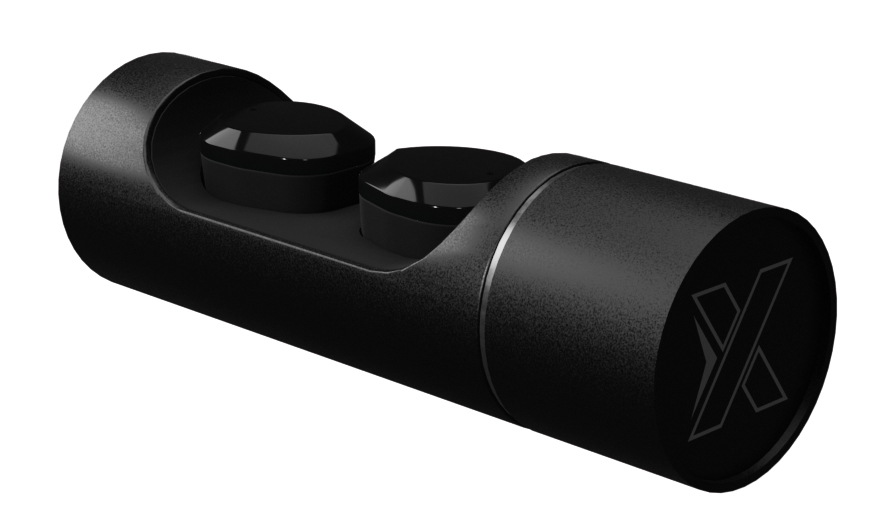Someone on the receiving end of a promotional product isn’t that much different than, say, your nephew during the holidays. They want a tech item. Clothes are great.
Everyone loves a new sweatshirt. And there will always be an audience for a nice candle (present company included). But tech items just have that wow-factor. They have a high perceived value. And, with manufacturers and suppliers taking great strides in environmentalism, they come with a clear conscience for your customers and end-users that the product was ethically made and sourced.
Tech items accomplish every day tasks. They charge our phones. They entertain us on jogs. They do darn near anything.
So, just like the people behind the cutting-edge technology we see popping up, the distributors who sell them are only limited by their own imagination.
The Design
The actual function of a tech product is only part of the process. Think about a company like Apple. While Steve Wozniak was an innovator in the world of computers and personal tech devices, his role as an aesthetic visionary was equally important. Even today, when there are plenty of smartphones that do exactly what the iPhone does (if not more), people like the iPhone because they like the look of the operating system. They like the shape of the phone. They like Apple.
With that in mind, choosing a promotional tech product that not only does what it’s intended to do, but also looks good, is crucial. They represent people’s tastes and can even be permanent decorative pieces in their homes.
One of the biggest trends in tech design right now is actually sort of a retro one, according to Jason Lucash, CEO of Rupt, Austin, Texas.
“From a trend perspective, transparency seems to be hot right now,” he says.

Remember in the ‘90s and early 2000s when it seemed like every tech item like video game consoles and phones — hose phones, that is — were transparent? It seems like that might be coming back, bringing new meaning to “transparency in the marketplace.”
“There’s just a lot of product that’s built with transparent plastic right now so you can see the inner workings of it,” Lucash says. “I’ve seen a couple laptops that you can see the whole motherboard inside of it, which is awesome. We’ve got some transparency on some of our speakers and earbuds, too, so you can see the inner workings. I think people just want to see what’s inside the tech now.”
On the other end of the spectrum, adding almost rustic elements like leather or other materials that aren’t plastic or metal creates a luxury appeal.

“Our new TerraTone collection contains soft, buttery headphones, modern wireless earbuds, a powerful power bank and wireless charger, a sharp-looking yet super-fast charging cable, and a super-strong wireless speaker, all made of 100% post-consumer recycled materials with faux leather accents, making it as stylish and useful as it is sustainable,” says Trina Bicknell, chief revenue officer for HPG Brands, Braintree, Massachusetts. “This was a conscious decision by our leadership team and product development to introduce products that were functional and innovative, but also made of sustainable materials.”
The Uses
As Bicknell and Lucash alluded to, end-users most want products that they’ll use on a daily basis. Since we’re all hopelessly attached to our smartphones, charging cables often come in handy. If a product can charge multiple devices at once, like a smartphone and smart watch, that’s even better. And, now that USB-C is getting closer to a universal charging cable status, it makes it easier for distributors to choose products, and rely less on bulky multi-chargers.
Going back to Apple for a second, one of their latest products, the Apple Vision Pro, isn’t new per se. It’s pretty much just the latest in a long line of virtual reality gear. We saw the failure of the Google Glass, and the sort of fizzle-out of the Oculus. But, Lucash believes that there’s a real chance Vision Pro takes off. And if it does, it could be a good opportunity for tech accessories in promo.

“I think you’ll see more accessories being built for that type of stuff,” he says. “Maybe it’s additional head straps that are more comfortably padded, maybe it’s some sort of attachment that can attach Apple Vision Pro to a baseball hat or whatever. We’ll just start to see more of those as they become more prevalent.”
But while we’re living in the present, items like charging banks have become safe go-to choices for tech promos, and fit nicely into a branded kit featuring other promotional products.
“In this day and age, everyone, from elementary students to senior citizens, has a need for technology products, which means they work for just about any vertical market,” says KayLee Wheeler, category manager, technology, for Clearwater, Florida-based Koozie Group. “A supplier in the automotive industry used [a power bank] to celebrate their 100th anniversary. A marketing agency used the same power bank as a holiday gift for employees and key accounts. The padfolios with chargers have been used by an electrical company and a company in the food & beverage industry as gifts for top clients.”
The Environment
We can’t talk about the tech landscape without talking about environmentalism to some degree. Few conversations in promo, regardless of the product category, don’t eventually come back to sustainability in some way.
End-users want products that they can feel good about using as much as they enjoy how they work. Your customers are attaching their name and, therefore, reputation to the product, so they want something that upholds their own values, too.
In tech, especially, where things are hopefully built to last, that can be difficult — or at least expensive. But, it’s not impossible.
“For tech, if people are willing to spend a thousand bucks on an iPhone, they probably want brand new everything in it,” Lucash says. “But, it’s only a matter of time before you start to see Apple and some of the big, big players — LG, Samsung, Sony — using way more recycled [material] in their product line. They just haven’t done it yet. Maybe it’s a price point plan, I’m not really sure. But the lower-priced electronics, you’re seeing more recycled nature.”
Wheeler also stressed that, especially when sourcing products made overseas where compliance levels may differ than in the U.S., distributors need to be scrupulous.
“Not all tech products are created equal, and distributors should be checking compliance standards, keeping in mind that standards also vary based on the country to which the item is being shipped,” she says.
That’s something Lucash has taken seriously, too. Not only is Rupt doing much of their manufacturing in the EU, they are also being mindful that their products need to pass EU standards in addition to the U.S., where the rules are stricter.
“It’s just, ‘Europe, Europe, Europe,’ which is kind of crazy, but that’s where we’re seeing a lot of distributors in general wanting product distributed, but specifically tech.”
While it might seem that tech moves fast, the trends actually haven’t strayed too far from where they have been over the last few years. Wireless charging, wireless music, and stylish features. The main difference is the evolution of standards, which distributors need to make the focus of their tech promotions going forward.



